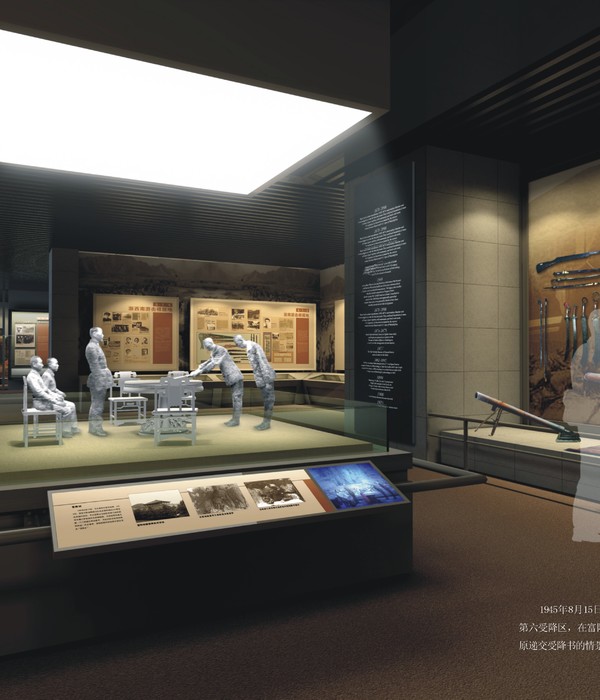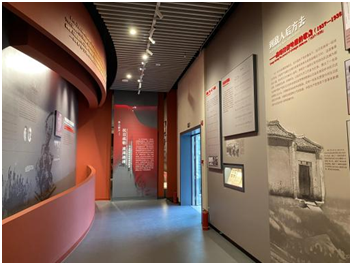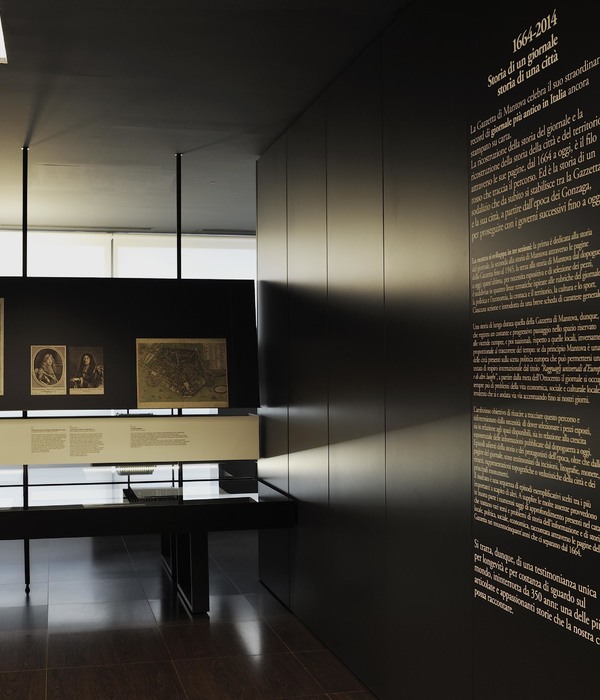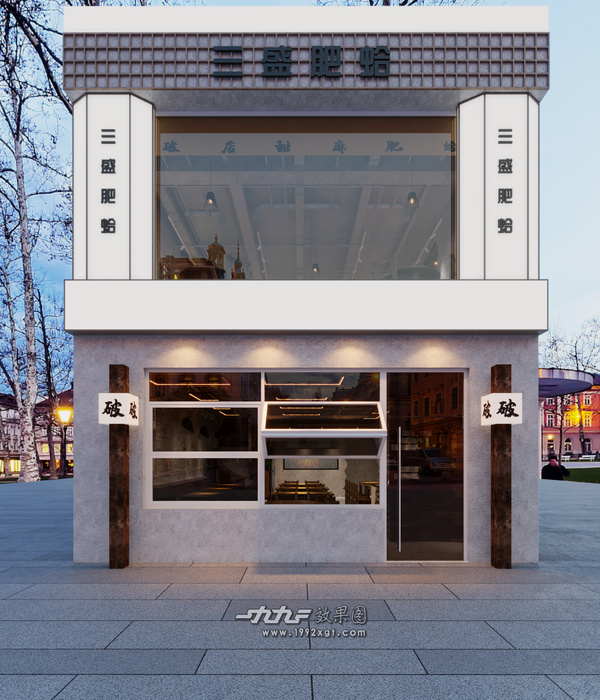In a deconsecrated church in Brussels, American painter Titus Kaphar confronts representation in Renaissance iconography. Here, we offer a virtual walkthrough of the artist’s solo show, ‘The Evidence of Things Unseen’
Installation view of ’The Evidence of Things Unseen’, a solo exhibition of Titus Kaphar at L’Église du Gesú, Brussels, presented by MARUANI MERCIER. Courtesy of MARUANI MERCIER and the artist
Titus Kaphar’s ability to prompt reflection on long-standing systemic oppressions, particularly through his dismantling and reconfiguration of classical structures in Western art, has never felt more poignant than in these times. His signature approach of deconstructing established iconography and imagery, and then rebuilding them with the inclusion of Black possibilities and representation has struck a resonant chord, especially in the way it encourages viewers to reassess the cultural canon and question how it came to be so.
Kaphar’s elegant and powerful dialogue takes on added significance in a new solo exhibition that’s currently being staged at L’Église du Gesú in Brussels, a deconsecrated church. Organised by the gallery Maruani Mercier and titled ‘The Evidence of Things Unseen’, the show presents new and recent works that address the issue of representation in Renaissance Christian imagery. Alongside this show, Kaphar is also presenting a series of new paintings in ‘From a Tropical Space’, a solo exhibition at Gagosian in New York.
In Brussels, set within the church’s crumbling, graffitied walls and neo-Gothic architecture, the array of works on view range from precise oil paintings to three-dimensional physical interventions that reinterpret historical artworks. An arresting rumpled canvas, titled Susan and the Elders sees Kaphar put his spin on the well-known narrative that originates from the Roman Catholic and Orthodox Church, just like masters such as Rembrandt, Tintoretto, Van Dyck and Rubens did before him. Dynamically crumpled, undulating and protruding from the wall, it fights its way into the viewer’s space to be fully reckoned with.
Titus Kaphar, Jesus Noir, 2020. Courtesy of MARUANI MERCIER and the artist
In another piece, Jesus Noir, the Michigan-born artist covers the face of Christ with a portrait of a young Black man using duct tape, thus imbuing the work with a sense of poignant urgency.
Beyond the venue’s religious significance, the presentation of the works in Belgium itself – the home of Northern Renaissance art – brings another layer of meaning to the exhibition. In Kaphar’s work, biblical figures are either glaringly erased using tar or adapted to reflect a contemporary context. Ascension III for example, sees the silhouettes of god-like sports figures created from a mélange of classical iconography.
‘If we don’t amend history by making new images and new representations, we are always going to be excluding ourselves,’ Kaphar states. There certainly is no going forward if we can’t look back. §
Installation video of ’The Evidence of Things Unseen’, a solo exhibition of Titus Kaphar at L’Église du Gesú, Brussels, 2020 (c) Dave Bruel. Courtesy MARUANI MERCIER
Installation view of ’The Evidence of Things Unseen’, a solo exhibition of Titus Kapharat L’Église du Gesú, Brussels, presented by MARUANI MERCIER. Courtesy of MARUANI MERCIER and the artist
Titus Kaphar, Untitled, 2020, oil and tar on canvas. Courtesy of MARUANI MERCIER and the artist
AMERICAN ART PAINTING BRUSSELS EXHIBITIONS NEWS
{{item.text_origin}}












